Monday, August 31, 2009
Fred's Historical Tips
Fred Stenson’s recent novel, The Great Karoo, deals with Canadian involvement in the Boer War. This is his fourteenth book. Fred’s easy going approach brought forth some lively discussion and questions on historical writing in the workshop on Saturday afternoon.
Like many historical writers, Fred Stenson is a stickler for the historical record. He sees history as a sort of Rubic’s Cube, a cluster of interlocking facts. If you change one historical fact, you change the configuration and you might have to fudge the more.
The reader will not engage with patois, heavy accents, ancient speaking styles or Victorian style. The historical novelist must strive for a voice that is authentic to the times but is believable. Fred says he writes in neutral English and strives for an informal tone.
He looks for minor characters, real people if possible, who are close to the historical events.
You can’t research a fictional person. You research real people and fictionalize them.
The humour of the past can often jar today. He says you can always make fun of the oppressor but never the oppressed. Some words commonly used in the past are considered racist today and must be handled with care.
Research.
a) first read the big overview book, the tome.
b). as soon as you have a handle on the historical events you want to include, look for the original sources: the letters, diaries, journals etc. He had the amazing luck to find a set of letters from a soldier in the Boer War.
c) Look at photos, drawings and paintings of the period. However, he cautions to be wary of paintings. He learned this hard truth when he visited a battle site in South Africa and realized the painter had skewed the landscape completely.
d) Travel. Nothing is better than to visit the places in the book.
c) Read the old newspaper accounts but realize 19th century newspapers were often politically biased.
Like many historical writers, Fred Stenson is a stickler for the historical record. He sees history as a sort of Rubic’s Cube, a cluster of interlocking facts. If you change one historical fact, you change the configuration and you might have to fudge the more.
The reader will not engage with patois, heavy accents, ancient speaking styles or Victorian style. The historical novelist must strive for a voice that is authentic to the times but is believable. Fred says he writes in neutral English and strives for an informal tone.
He looks for minor characters, real people if possible, who are close to the historical events.
You can’t research a fictional person. You research real people and fictionalize them.
The humour of the past can often jar today. He says you can always make fun of the oppressor but never the oppressed. Some words commonly used in the past are considered racist today and must be handled with care.
Research.
a) first read the big overview book, the tome.
b). as soon as you have a handle on the historical events you want to include, look for the original sources: the letters, diaries, journals etc. He had the amazing luck to find a set of letters from a soldier in the Boer War.
c) Look at photos, drawings and paintings of the period. However, he cautions to be wary of paintings. He learned this hard truth when he visited a battle site in South Africa and realized the painter had skewed the landscape completely.
d) Travel. Nothing is better than to visit the places in the book.
c) Read the old newspaper accounts but realize 19th century newspapers were often politically biased.
Subscribe to:
Post Comments (Atom)
















































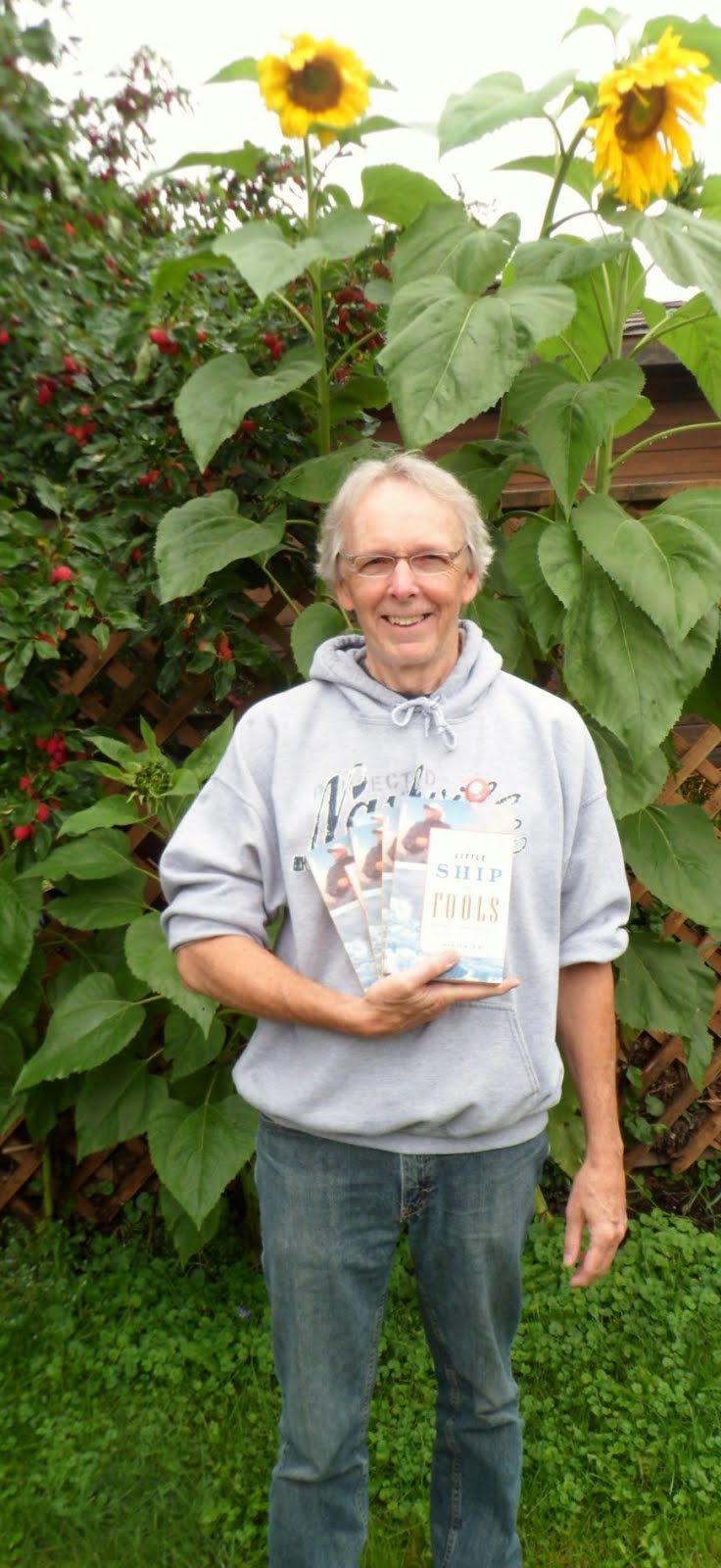





























































































































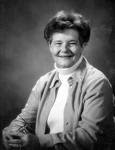


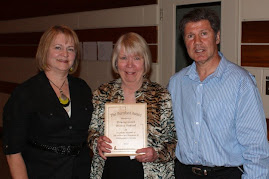









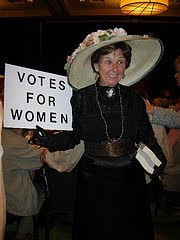
















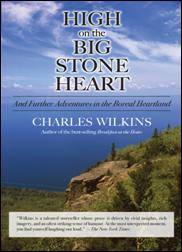



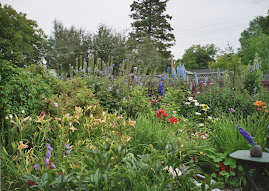

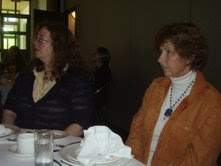
















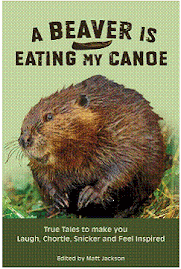


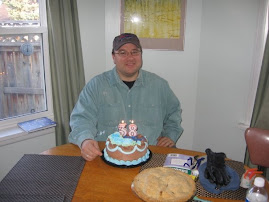

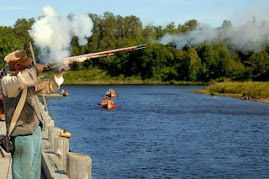













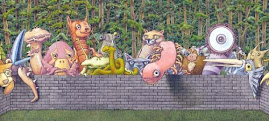
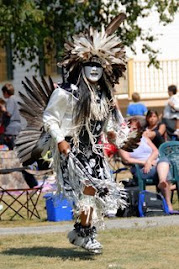
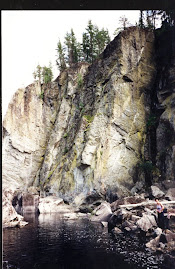





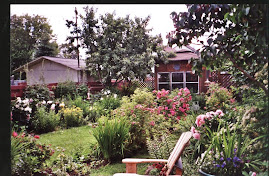










No comments:
Post a Comment